When we popularize science how to distinguish cat discomfort or pain, a cat posture is always mentioned: hen squats!
But what does the hen look like?
First, from the following pictures, find out the cat's "heen squat". The pictures that are suspected of being unwell are
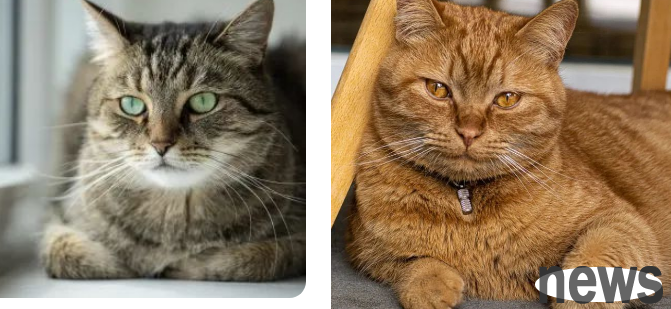
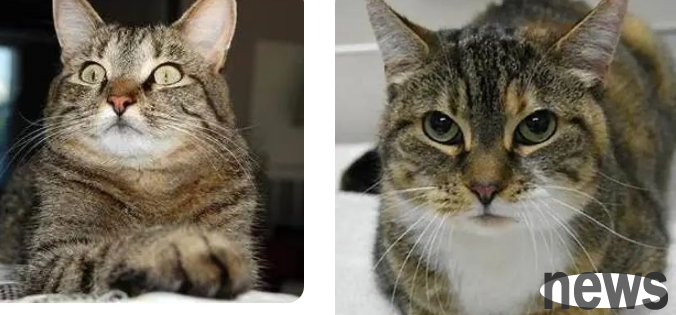
from: deviantart/verybiglobo/pexels/ohspets
are not
Figure 1 (typical) and Figure 2, and 4 (incomplete) are both hands. And putting hands means being unprepared...
Because in the face of danger, putting hands cannot react immediately, which is trust in you and the environment~ The cat's expression is completely relaxed (Figure 3 is very relaxed).
It doesn't matter if you answer wrong. Let's unlock the knowledge of this new posture today...
01 What does the hen squat look like?
"Heen Squat" is a more vivid common name. Cats usually show a posture with four feet on the ground, arched or raised back, and tense back/abdominal muscles.
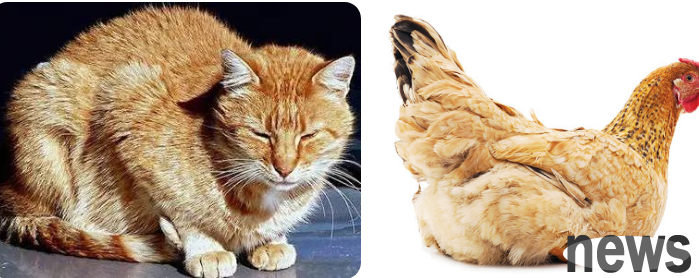
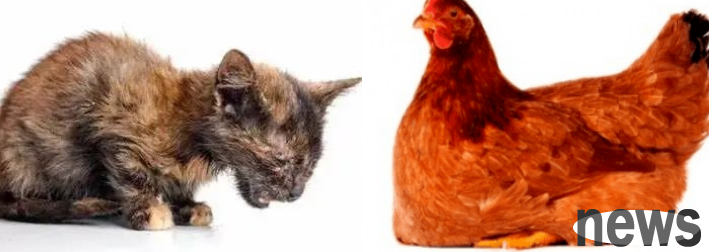
Hen squat
Picture from: littlebigcat/cat-world/care2
Why use the "hen squat" position?
Pain, it is more comfortable to nest. Just like if a person has a stomachache (stomach, aunt pain...) will curl up and nest...
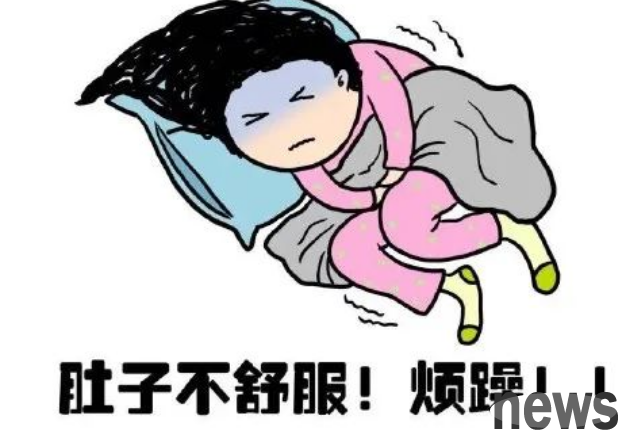
The posture of a bipedal squat or bowing the back is used to target diseases that cause pain caused by inflammation and the peritoneum, reducing the contact area between inflammation and the peritoneum, thereby achieving the effect of reducing pain.
Same thing about cats, some pain can be curled up by hunching the back to a certain extent.
Discomfort, be sure to hide it!
Since cats are also prey in the wild, when they are unwell, they will curl up as much as possible to avoid the risk of being exposed.
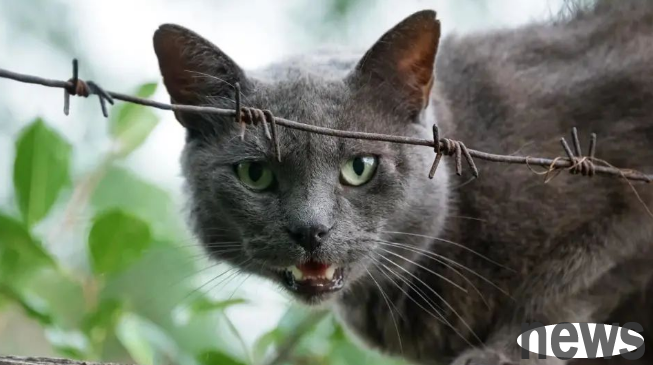
Picture from: pawmaw
Stress, you can escape at any time
When cats are in a strange environment or stress state, the posture of the four legs on the ground and the abdomen is more likely to "start" and escape.
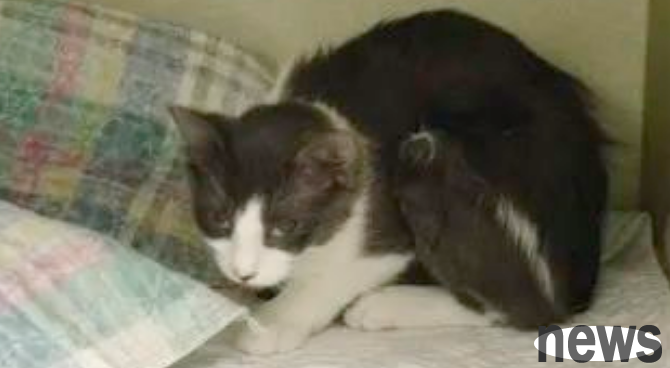
Observe carefully and you will have similar preparation postures when hunting (catching small bugs, playing with cat sticks, and slapping small toys). All for the convenience of jumping, quickly exert force:

Picture from: lifewithdogsandcats
02What causes it?
In addition to stress, any situation that causes abdominal pain in a cat may cause the cat to hunch its back and squat in a hen. Mainly include:
➤ Gastrointestinal obstruction: hair accumulation, improper diet, eating cooked bones (ripe than raw ones), tumors or intestinal distortion.
➤ Constipation: accumulation of hair in the intestine, foreign bodies, intestinal inflammation or perianal damage (pain causes drag and unwilling to defecate, and eventually hold back constipation), dehydration, environmental changes, etc.
➤ Diarrhea: May be caused by infection, inflammation, improper diet, parasites.
➤ Abscess: Stray cats are more likely to appear and are usually caused by cat bites.
➤ Cancer: More common in middle-aged and elderly cats.
➤ Renal Disease: Causes chronic or acute pain.
➤ Cat plague: Cats of any age may be infected; more common in kittens and wild groups.
➤ Pancreatitis: Hyperlipidemia, trauma, exposure to organophosphate and infection may all be caused.
➤ Urinary tract diseases: urinary tract infection, inflammation, urinary cessation. Male cats are more likely to experience urinary cessation, which can endanger life in a short period of time.
03 What should parents do after discovering it?
Step 1: Palpation and checking
Because cats show hen squats, it may be mainly caused by abdominal pain or discomfort.
So master some palpation techniques and make a preliminary judgment if the cat's bladder is swollen and held urine, or if the intestines are hard and have constipation.
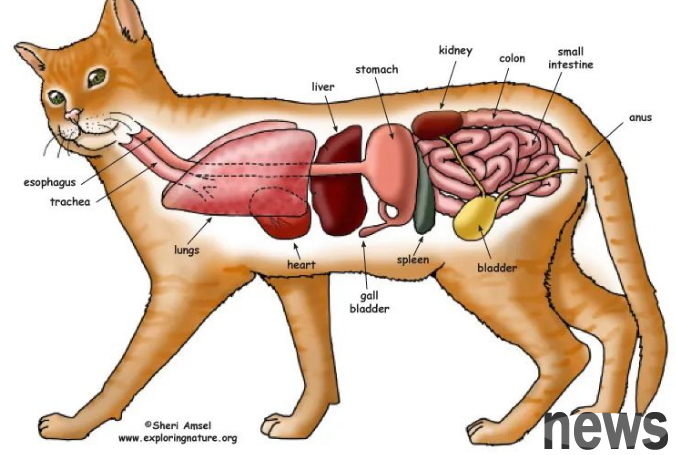
The bladder is at the base of the thigh (yellow)
The intestine is a little behind, and touch it on both sides appropriately
If the cat does not have the above abnormality, or the parents cannot touch it for the first time, or the cat is not very cooperative...
You can also add a little more force to touch it around the stomach...
(But don't grab it too hard, because if the cat is really urinating, the bladder that holds urine will be pinched and exploded! It's very dangerous!!!)
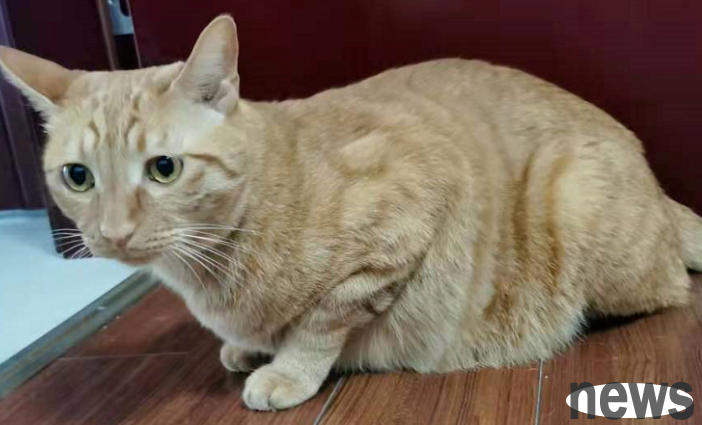
Step 2: Comprehensive judgment
Behavior: dodge (may not like to touch), escape quickly, rise up and resist...
Voice: howls painfully, and may even send out "hiss" and "ha" attack warning...
Expression: ears are airplane ears, and expression is painful...
Limbs: tail close to your body, impatiently fluttering your tail...
Overall: may be accompanied by loss of appetite, listlessness, reduced exercise, licking the abdomen (painful areas), redness, swelling and inflammation in the anus or urinary tract.
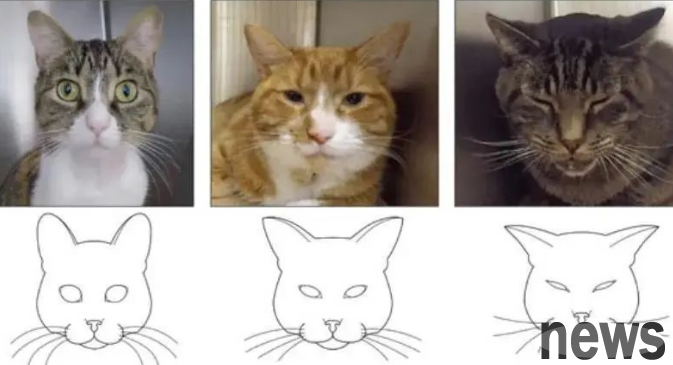
The facial expressions without pain, moderate pain, severe pain, step 3: Assess whether medical examinations are needed
✔ If the cat enjoys his stomach, and his spirit, appetite, defecation, and there are no abnormalities, you can rest assured first.
Because cats occasionally use this posture, they may be a sudden stop, unaccommodating to the environment, shrinking when they are cold, and preparing for the sprint..
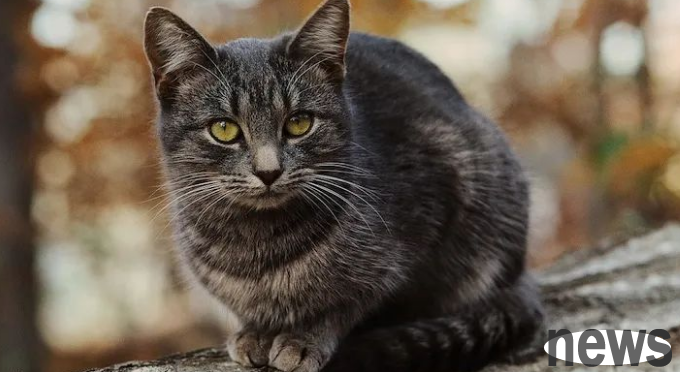
Picture from: fetchpetcare
However:
× If a cat is constipated for the first time, you can try hair cream/tablets + frequently combing hair + encourage drinking water. If the constipation does not relieve the next day, or the anus is accompanied by other abnormalities, it is recommended to seek medical treatment as soon as possible;
× In the case of complete obstruction of the urethra, the cat may show signs of uremia in 24 hours, and some cats may die due to heart arrhythmia, acidosis, etc. in 72 hours. Therefore, if you find that the cat is urinary in urinary tract, you should seek medical treatment immediately;
× Many chronic inflammations and diseases, cats are "tolerated if you can" in the early stages of symptoms, so if you find that the cat has a long-term hen squat and is accompanied by any changes in appetite, spirit, and activity, it is recommended to contact a doctor as soon as possible.
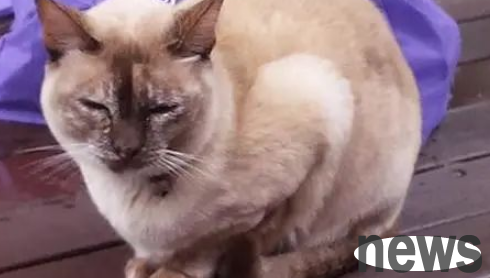
Picture from: housecallvet
What examinations may be required to go to the hospital?
▌Ask
Information on age, medical history, immunity, diet and other information may narrow the possibility of cause investigation.
For example, if an unvaccinated kitten has fever, diarrhea and blood, cat plague will be checked first; while an elderly cat suddenly becomes more edema and urinate, kidney problems will be checked first.
▌Palpation
Preliminary examination of the bladder filling level, etc.
▌Laboratory examination
Blood routine: Assess white blood cells, red blood cells and platelets;
Biochemistry: Assess organ function;
Urine examination: Detect diseases such as diabetes, kidney and urinary tract infections.
▌Other possible examinations
X-ray or B-ultrasound: find blockages, tumors, and evaluate organ morphology and function.
cardboard or PCR test: such as cat plague test paper or PCR test; fPL test board for pancreatitis, etc.